Exhibition on nature.with works by Roxy Paine and Meg Webster on view at Villa Panza
Meg Webster at Villa Panza © Sergio Tenderini
VARESE.- Villa Panza is proceeding in its endeavour to make sense of life, spirituality and the universe, with an exhibition on nature. The question of mankind’s relationship with nature has never been as topical as it is now: mother or stepmother, the entity that we are putting in danger or the hazard that can do us harm? The sustainability of the environment is made all the more difficult due to the intervention of mankind, which is unable to refrain from altering it with a view to enhancing the quality of its own existence. It is on these issues, which also encompass the relationship between mankind and the cosmos, that the Natura naturans exhibition focuses: a dual personal show dedicated to two American artists from different generations, who use different languages and who have opposing perspectives. What brings them together is an idea of nature as a continuous cycle of growth and decay, as encapsulated in the phrase coined by the philosopher Baruch Spinoza, from which the exhibition takes its title.
Roxy Paine, Crop (Poppy Field), 1997-1998 © Sergio Tenderini.
Roxy Paine works according to the principle of translation and transformation with the use of synthetic materials from industry, colonising the spaces with works that faithfully reproduce flowers, plants and fungi. Meg Webster addresses this same theme, producing monuments dedicated to the earth, which is viewed as a tireless source of life.
Twenty-eight major works and installations, produced between 1982 and 2015, are featured along a route that meanders its way between the indoor and outdoor spaces of the villa, searching out a harmonious equilibrium between nature, architecture and the pieces in the permanent collection. Some of the works were put together within the villa itself, in direct symbiosis with the existing spaces, whereas others come from international institutions such as the Solomon R. Guggenheim Museum, The New School Art Collection and the Whitney Museum of American Art in New York, the Museo Cantonale in Lugano and the Israel Museum in Jerusalem; others are on loan from private collections and from the Panza Collection Archive in Mendrisio.
Roxy Paine, Psilocybe Cubensis Field, 1997 © Sergio Tenderini.
Roxy Paine (New York, 1966) completed his studies at the College of Santa Fe in New Mexico, before attending the Pratt Institute in New York, and since 1990 he has staged numerous group and solo shows in museums around the world.
Having been engaged for quite some time on an exploration of the relationships and borderlines between human creativity, natural growth and industrial production, Paine sees the dendritic development of nature (ramifications, neural networks, vascular networks) as the model that is then replicated in the design of artificial systems. He has programmed machines capable of producing one-off drawings, paintings and sculptures, often evoking landscapes or geological sediments. Paine’s most celebrated works (held by US and European foundations and museums) are the Dendroids, on which he began work in 1999: tree-sculptures made of stainless-steel pipes. One of them, Maelstrom, was installed in 2009 on the roof garden of the Metropolitan Museum of Art in New York.
Roxy Paine, Dry Rot, 1998 © Sergio Tenderini.
At Villa Panza, he is exhibiting some of the works from the Replicants series, begun in 1997, which are pieces made by the artist by hand using synthetic resins and industrial coatings, polymers and varnishes that reproduce to a very high degree of accuracy algae, poisonous fungi, mould and flowers, arranged within the space in “fields” – as the artist likes to define them – both horizontally, on the floor, and vertically, on the walls. Other works in the exhibition include Amanita Virosa Wall (2001), which comes from the Whitney Museum in New York, Psilocybe Cubensis Field (1997), owned by The Israel Museum Collection in Jerusalem, and the elaborate Dinner of the Dictators (1993-1995), in which a glass display case houses freeze-dried versions of the favourite dishes of twelve historical figures, identified by Paine as dictators.
Roxy Paine, Amanita Virosa Wall, 2001 © Sergio Tenderini.
Roxy Paine, Dinner of the Dictators, 1993-1995 © Sergio Tenderini.
Roxy Paine, Sulfur Shelf Wall, 2001 © Sergio Tenderini.
Meg Webster (San Francisco, 1944), a California-born artist who has lived in New York for many years, studied in Virginia and at Yale University, and was assistant to Michael Heizer. Displaying from the outset an interest in the physical and psychic perception of space and in the intrinsic beauty of materials, Webster is principally a sculptor and creator of installations, but does not eschew drawing or working on paper. Ancestral forms and minimalist volumes are constructed on the basis of simple natural elements, engaging with all of the viewer’s senses.
She loves to use elements that come from nature, such as salt, water, musk, beeswax, bushes, glass and copper, but the material from which she draws most inspiration is earth, used in its primordial state, in large, open-air installations or, more often, in enclosed spaces. An example of the latter type is Slipped Cone with Flat Top, which is part of Villa Panza’s permanent collection and was installed in one of the villa’s stables by Giuseppe Panza himself, who defined the work in the following terms: “[...] Its mounds do not make one think of the grave or of death, but of our mother, of Mother Nature who nurtures us with her fruits […]. It is an homage to her silent and humble presence. She has always existed. We forget her importance, but without her we could not live […] Using earth to make art is a unique event, I can’t recall anything like it in the past”.
Meg Webster, Mother Mound, Copper containing salt, 1990, copy Panza Collection 1. © Sergio Tenderini
For Natura naturans, the artist has produced – specifically for the spaces of the villa – some of her most important works, including Stick Spiral (1996), the design of which is owned by the Solomon R. Guggenheim Museum of New York, Mother Mound (1990), owned by the Panza Collection of Mendrisio and, last but by no means least, the interactive installation entitled Solar Piece. The artist has transformed a room into a bona fide ecosystem, where over the course of the months different crops will be cultivated, on the basis of the natural evolution of the environment thus recreated.
Meg Webster, Volume for Lying on Flat © Sergio Tenderini.
Meg Webster at Villa Panza © Sergio Tenderini.
Meg Webster at Villa Panza © Sergio Tenderini.
Some of the emerging themes of the exhibition – the role of nature as a generative force and source of life, or the careless and often destructive use of its resources and energies perpetrated day in, day out, by mankind – are among the themes proposed by Expo Milano 2015, which is sub-titled Feeding the Planet, Energy for Life.
The exhibition is curated by Anna Bernardini, director of Villa Panza & the Panza Collection, and by art critic Angela Vettese. The catalogue is published by Silvana Editoriale.
During the period when the exhibition is being staged, a whole host of associated events will be held, targeted at families and children, alongside specific visits and educational activities for schools.
Meg Webster, Cone of Water, 2015 © Sergio Tenderini

/https%3A%2F%2Fprofilepics.canalblog.com%2Fprofilepics%2F1%2F0%2F100183.jpg)
/https%3A%2F%2Fstorage.canalblog.com%2F03%2F02%2F119589%2F96711876_o.jpg)
/https%3A%2F%2Fstorage.canalblog.com%2F11%2F31%2F119589%2F94773502_o.jpg)
/https%3A%2F%2Fstorage.canalblog.com%2F20%2F83%2F119589%2F94772815_o.jpg)
/https%3A%2F%2Fstorage.canalblog.com%2F26%2F72%2F119589%2F75604929_o.jpg)
/https%3A%2F%2Fstorage.canalblog.com%2F59%2F60%2F119589%2F26458628_o.jpg)

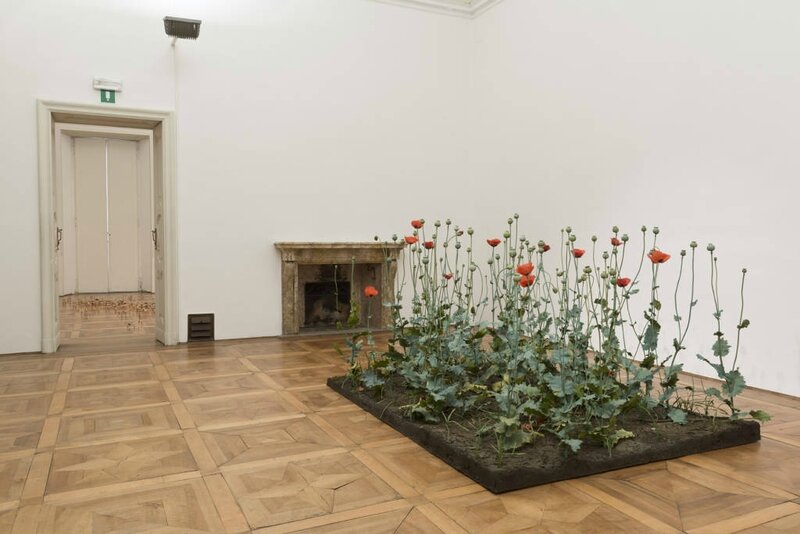





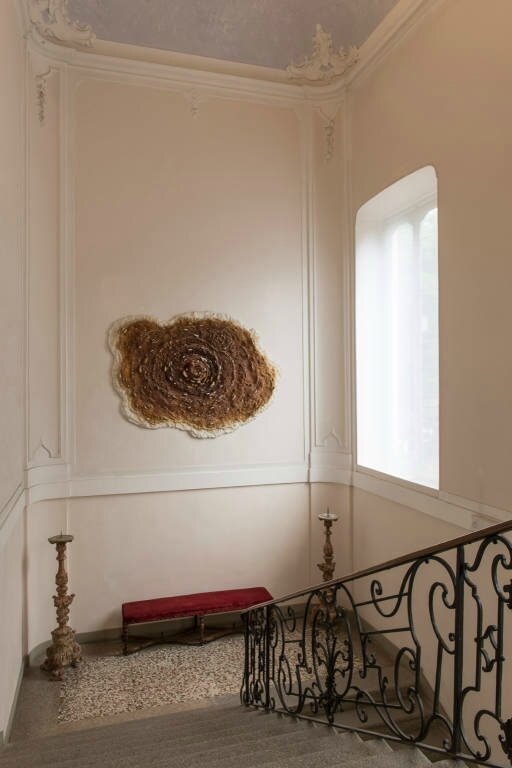
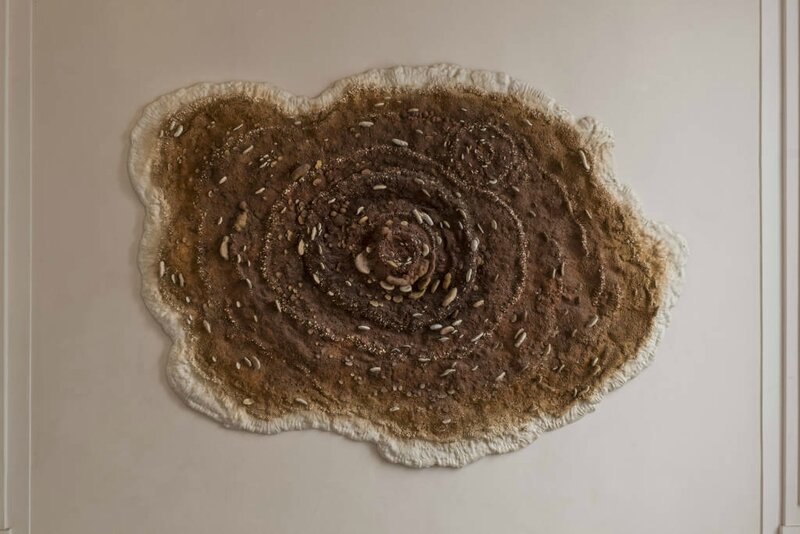


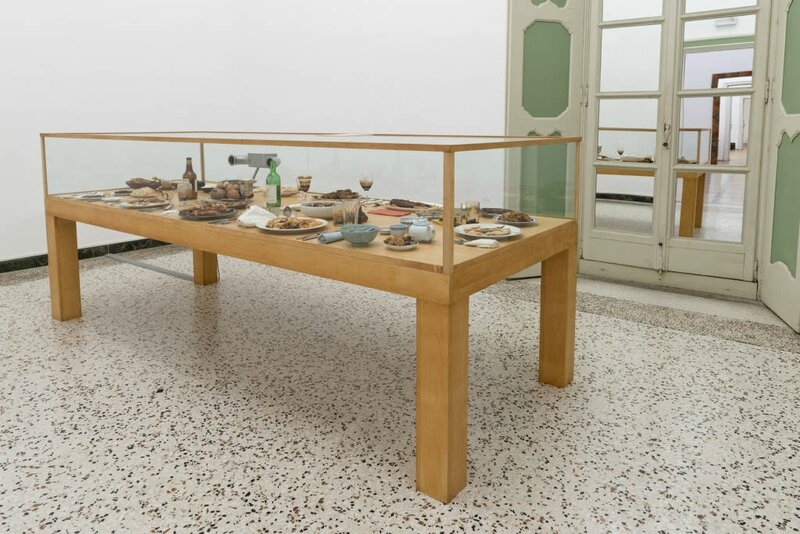
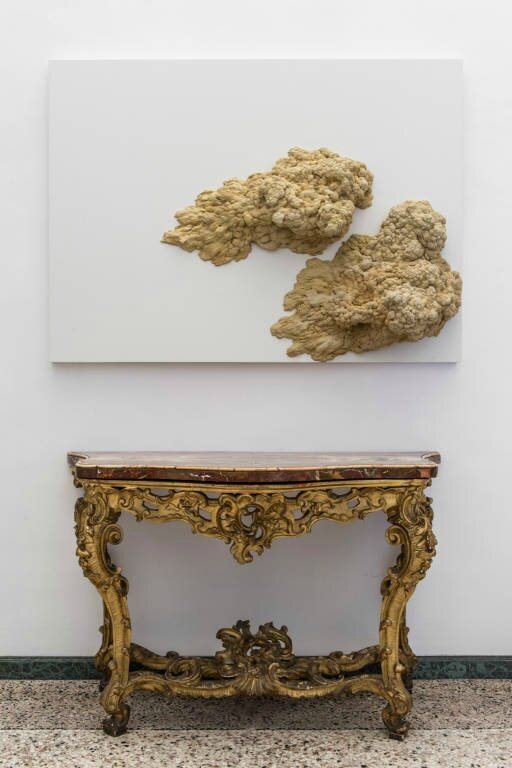





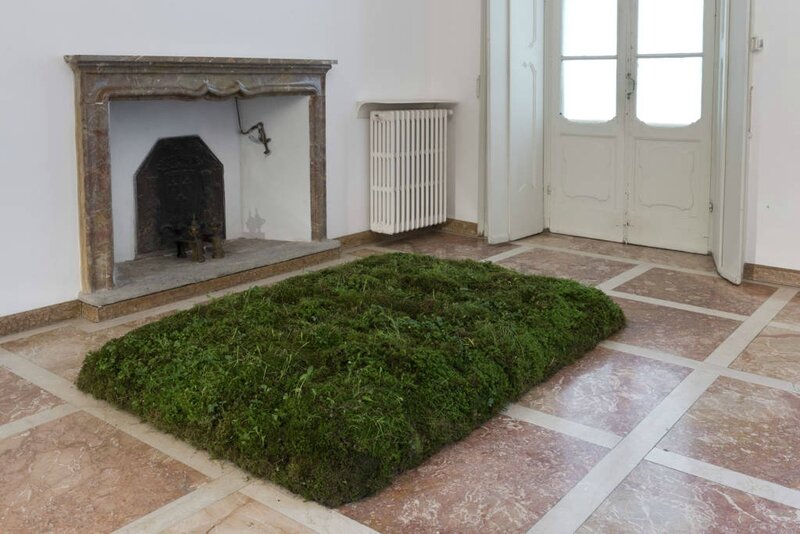
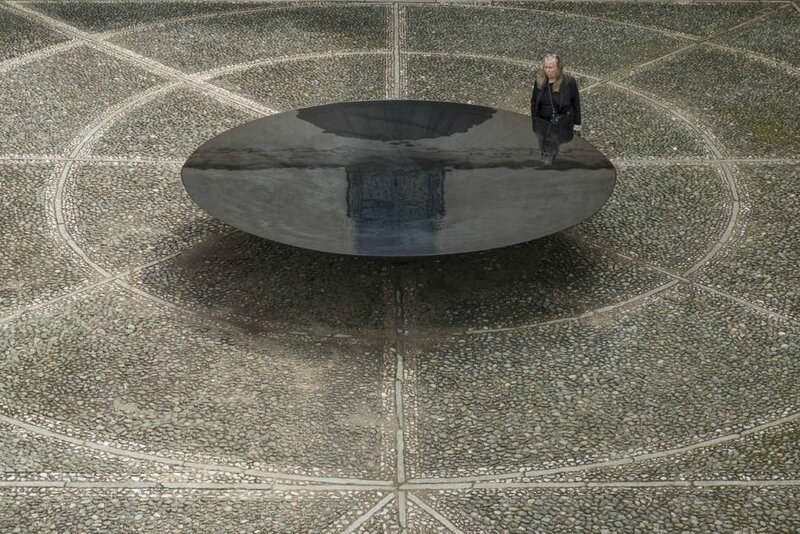
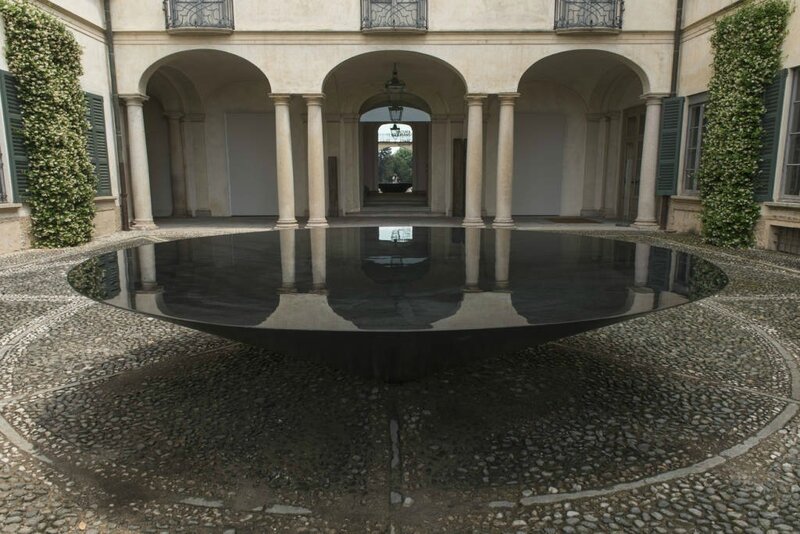



/http%3A%2F%2Fstorage.canalblog.com%2F37%2F41%2F119589%2F113216662_o.jpg)
/http%3A%2F%2Fstorage.canalblog.com%2F75%2F03%2F119589%2F112784440_o.jpg)
/http%3A%2F%2Fstorage.canalblog.com%2F91%2F83%2F119589%2F112567635_o.jpg)
/http%3A%2F%2Fstorage.canalblog.com%2F05%2F94%2F119589%2F112558563_o.jpg)